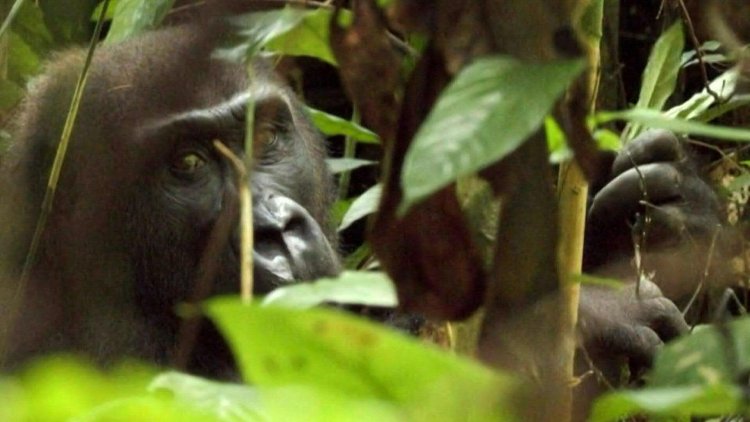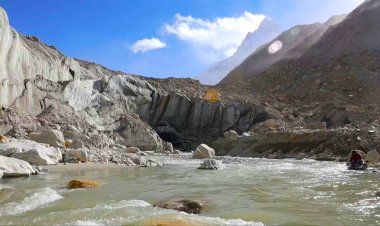Ecotourism with gorillas to ease human-animal tensions

In the south of Cameroon, the Campo Ma'an National Park has been a safe haven for wildlife for years.
The 264 064 ha forest is home to 500 plant species, 80 species of mammals including gorilla and elephants, 249 fishes, reptiles, 80 species of amphibians and over 300 species of birds.
However, the inhabitants living on the outskirts of the park are victims of animal attacks left with smaller space where to wander.
Some 20 complaints from victims in eight villages have been recorded by the conservation services of Campo Ma'an National Park, a vast primaeval forest.
Ten years ago, the World Wildlife Fund (WWF) launched a "habituation" project to familiarise a group of gorillas with human presence in order to develop ecotourism.
Part of the proceeds from the project should go to local communities with the dual aim of raising awareness of species conservation while curbing human-wildlife conflicts.
In each of the 8 villages affected near Campo, "we have had 3 to 4 hectares of plantations destroyed, which represents a significant financial loss for the populations", the park's administrative manager reports.
"80 to 90%" of the attacks are attributable to elephants, the rest to gorillas, chimpanzees, buffaloes, hedgehogs, pangolins and porcupines.
Human-wildlife conflicts on the edge of dense forests are on the rise in Cameroon and cases of crop destruction are mainly recorded near protected animal reserves, especially in the North.















